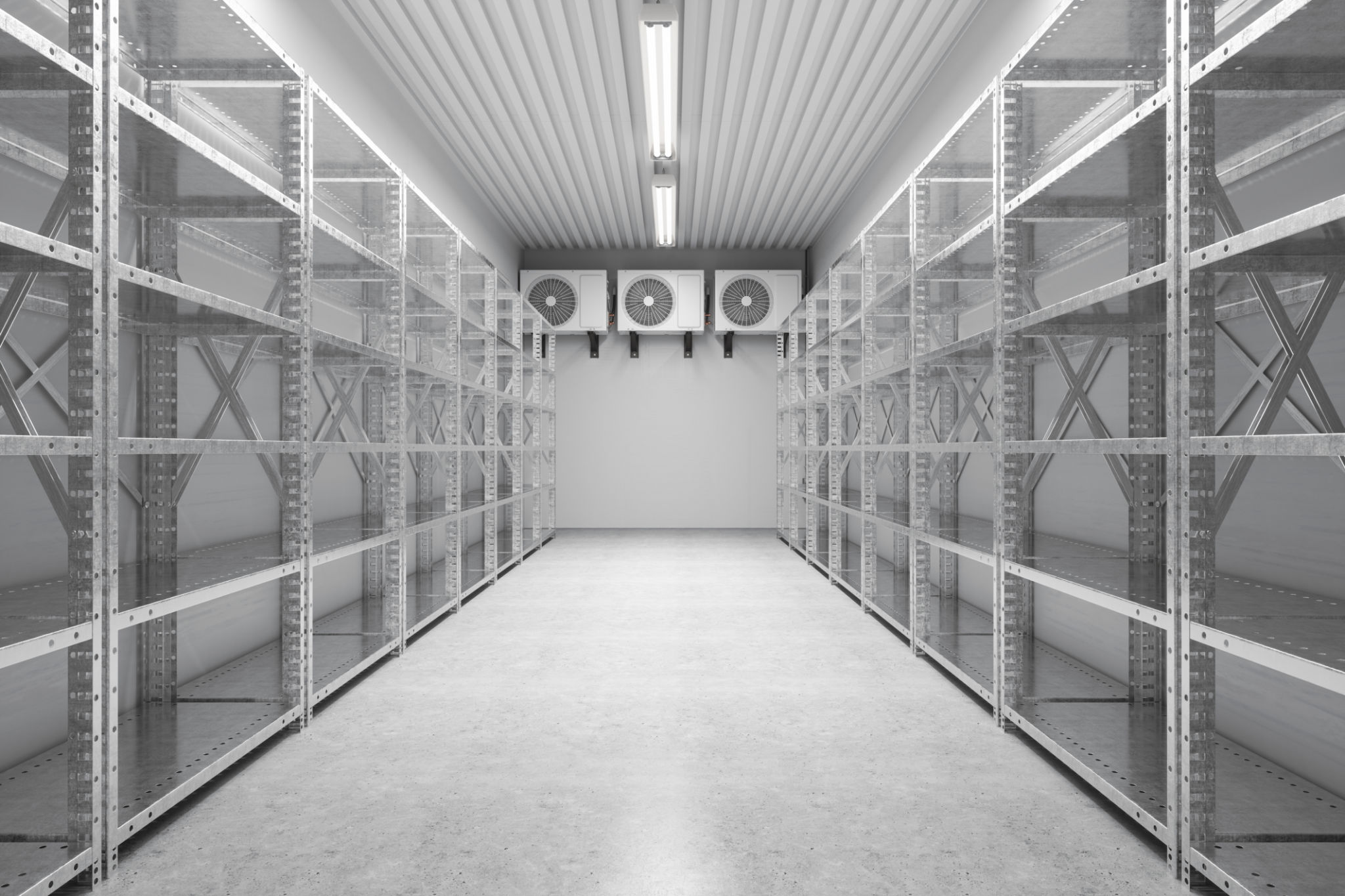Preparing Your Restaurant's Heating and Cooling Systems for Seasonal Changes
Understanding the Importance of HVAC Maintenance
As the seasons change, it’s crucial for restaurant owners to prepare their heating and cooling systems for the new weather conditions. Proper maintenance not only ensures a comfortable dining environment but also helps in reducing energy costs and preventing unexpected breakdowns. Investing in regular HVAC check-ups can save money in the long run and enhance customer satisfaction.

Conducting Seasonal Inspections
One of the first steps in preparing your restaurant’s heating and cooling systems is to conduct thorough seasonal inspections. A professional technician should examine all components of your HVAC system, including filters, vents, and thermostats. Regular inspections can help identify potential issues early, preventing costly repairs or replacements later on.
During these inspections, it’s important to focus on areas that may be prone to wear and tear. For example, filters should be checked and replaced if necessary, as clogged filters can reduce efficiency and air quality. Ensure that all vents are free from obstructions to maintain proper airflow throughout your establishment.
Adjusting Thermostat Settings
Adjusting thermostat settings is another key step in preparing for seasonal changes. As temperatures fluctuate, it’s essential to set your thermostats to optimal levels to maintain a comfortable environment for guests and staff. Consider investing in programmable thermostats that allow you to set different temperatures for different times of the day, optimizing energy use and reducing costs.
For instance, during colder months, you might want to lower the temperature slightly during non-operational hours and increase it when the restaurant is open. Similarly, in the warmer months, ensuring the cooling system is functioning efficiently will prevent overworking the system.

Cleaning and Maintenance Tasks
Regular cleaning and maintenance of your HVAC system are vital for its longevity and performance. Dust and debris can accumulate in ducts and vents, causing blockages and reducing efficiency. Schedule routine cleanings to keep these components clear and functioning optimally.
- Clean or replace air filters every 1-3 months.
- Inspect and clean coils to ensure proper heat exchange.
- Check refrigerant levels and top up if necessary.
Energy Efficiency Tips
Improving energy efficiency can significantly lower operational costs. One way to achieve this is by sealing any leaks in ductwork, which can cause conditioned air to escape and lead to higher utility bills. Additionally, consider upgrading to energy-efficient equipment that meets current standards and reduces consumption.

Another tip is to use ceiling fans to assist with air circulation. Fans can help distribute warm or cool air more evenly throughout your restaurant, reducing the strain on your HVAC system.
Planning for Unexpected Issues
Despite best efforts, unexpected HVAC issues can still arise. It’s wise to have a contingency plan in place, such as maintaining a relationship with a reliable HVAC service provider who can offer prompt assistance when needed. Keeping spare parts on hand can also minimize downtime in case of minor repairs.
By taking these proactive steps, you can ensure your restaurant’s heating and cooling systems are ready for whatever weather comes your way. A well-maintained HVAC system not only keeps your operations running smoothly but also creates a pleasant environment that keeps customers coming back.